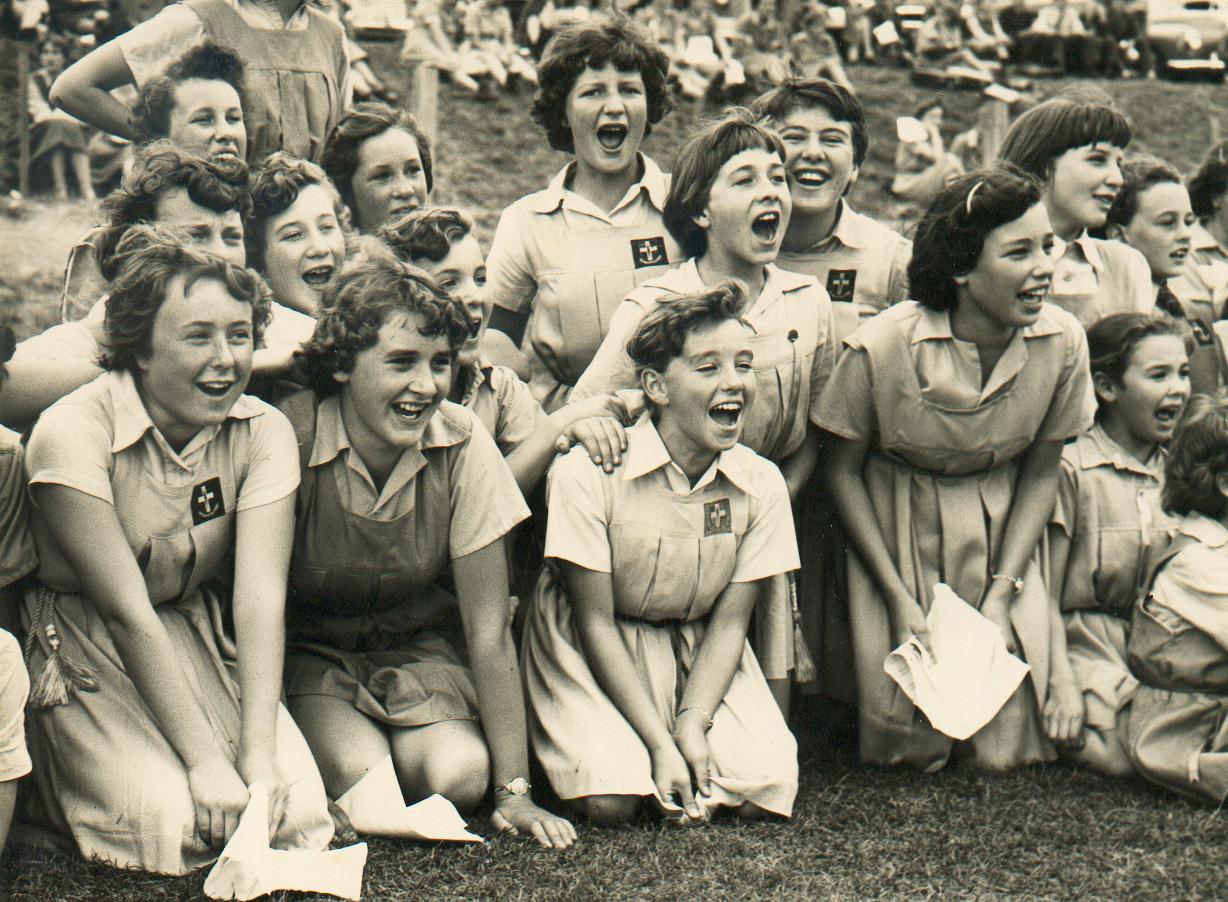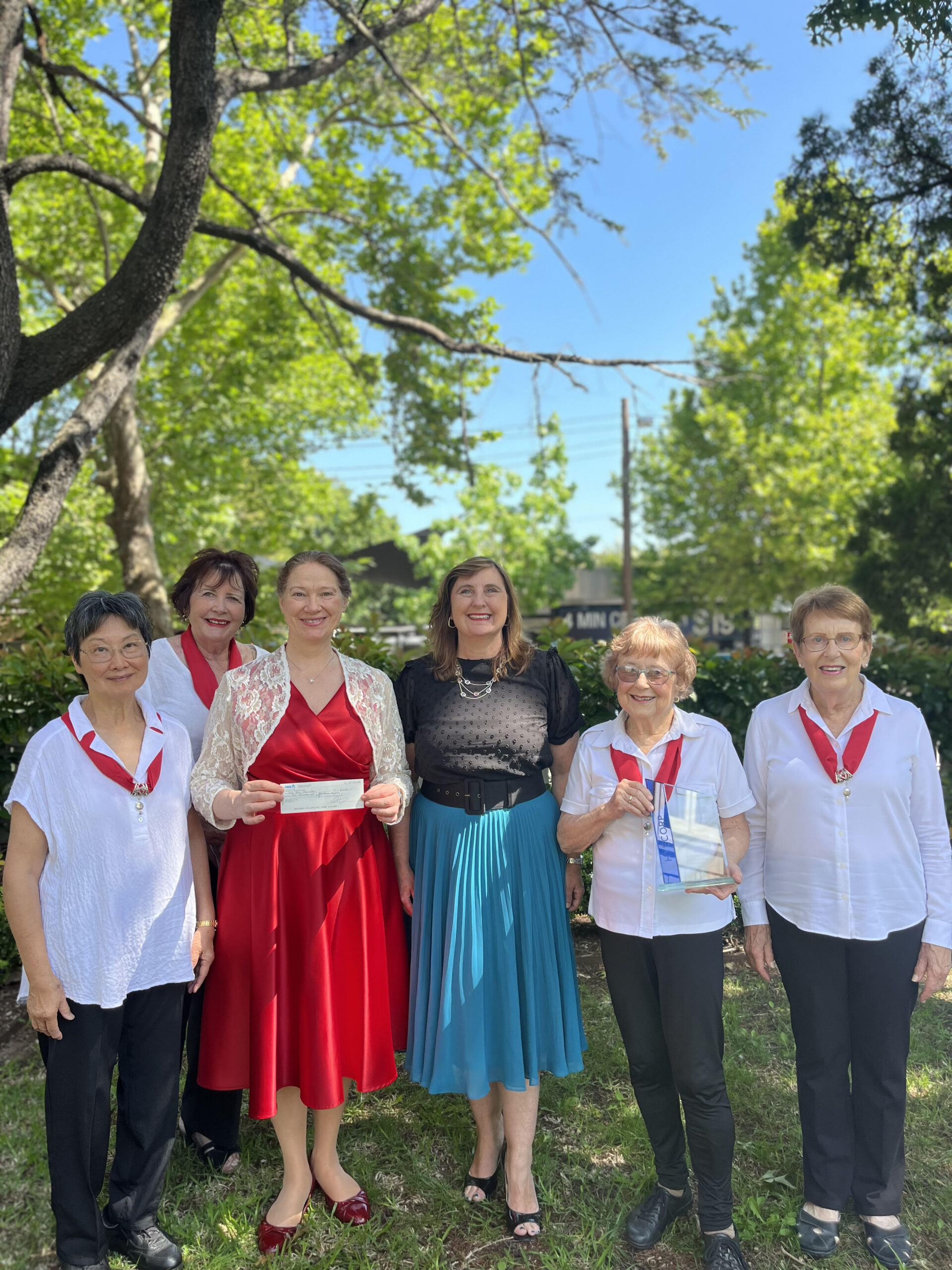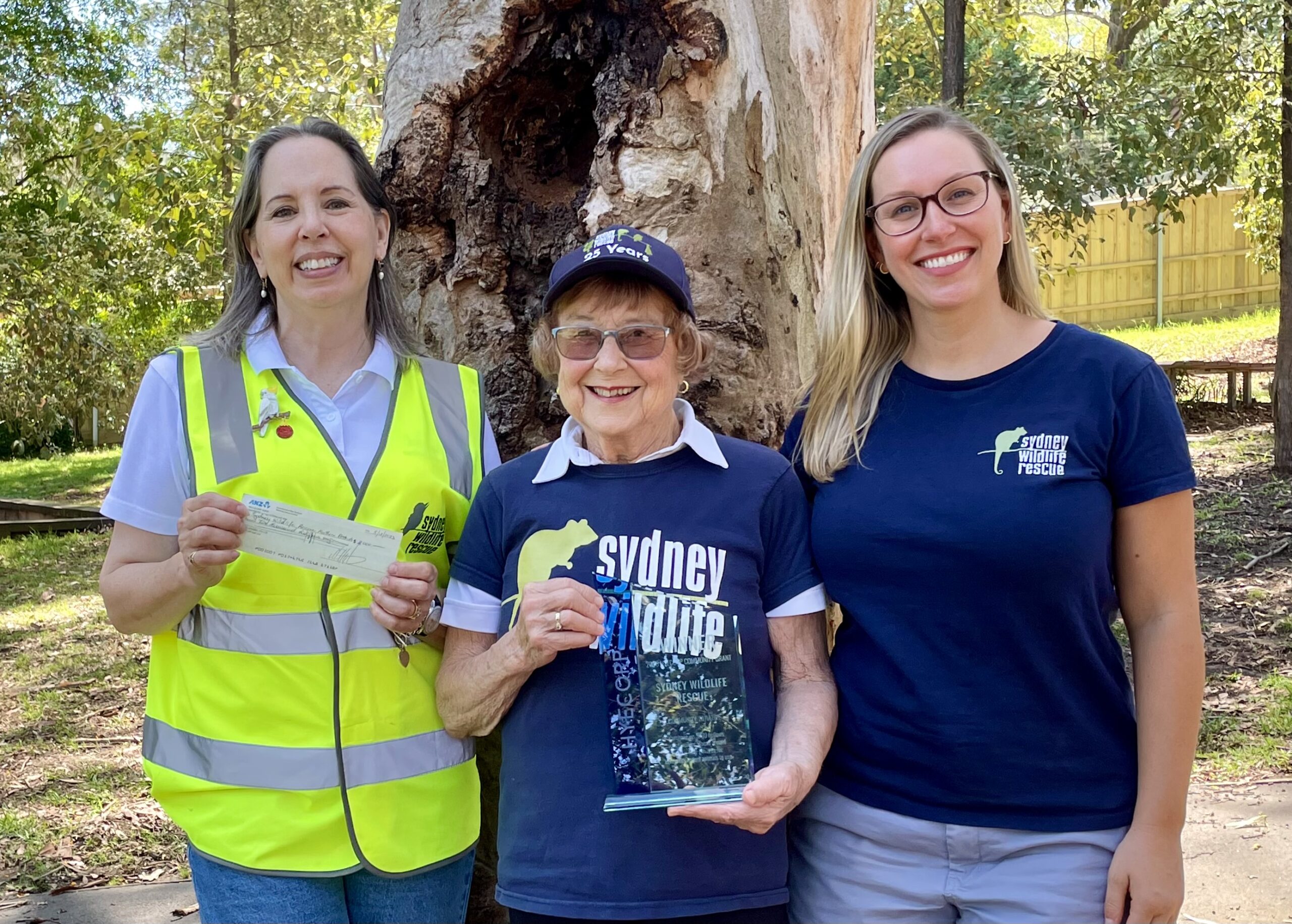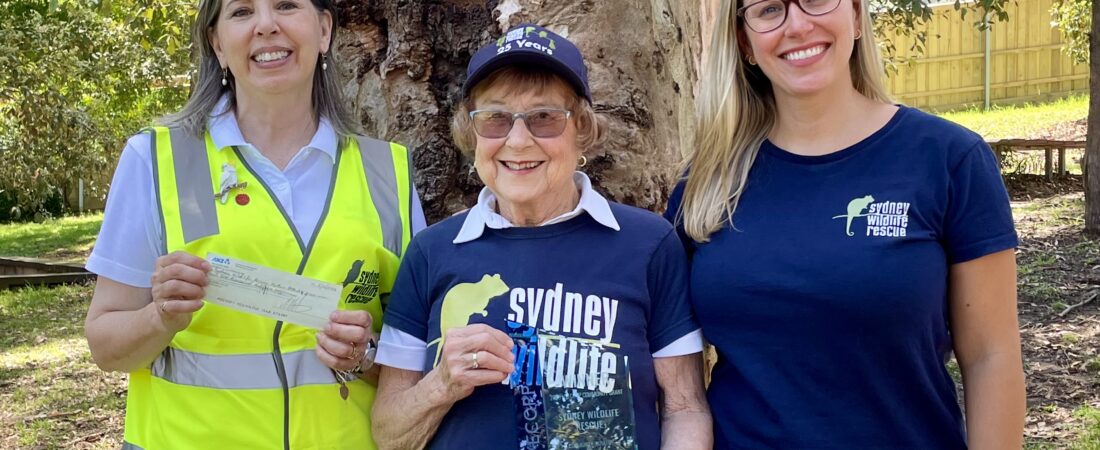Beverley Young (Class of 1955) – a Life Guided by the Friends’ Ethos
Posted on April 3, 2024
At 84, Beverley Young (nee Reid, 1955) recounts an interesting life underpinned by the values she learned during her days at Friends’.

I left Friends’ in 1955, and I never stop thanking the school for what it’s done for my life (and for what I, in turn, have been able to achieve for other people). I feel my life has been worthwhile because of the Friends’ ethos.
My family were not Quakers – we were, and are, conservative Anglicans – but the influence of the headmaster Bill Oats was profound in shaping me, not only in my career but now, as a volunteer serving my community. I remember, when I was perhaps 10, him coming into our classroom after a long absence from the school and teaching us folk songs that French children sang. It was his gentle, loving way to impart that there were other people in the world, other ways.
After school I went to Melbourne University and studied speech pathology. From the beginning, the principles of Friends’ played a part. In Sydney in 1970, I started the first early intervention groups in the country for mums and their babies with disabilities. I did this for four years as a volunteer from home – and then in a local hall – because, with my own three children, I couldn’t work full-time. When the then Health Commission NSW employed me, I pushed for the therapy there and started the Hornsby Preschool Therapy group. I had trouble getting this going because the prevailing thinking was to separate children from their mothers during therapy, but I knew from my psychology classes that the best chance for these children was to have their parents learning too. We even managed to build observation rooms, so that those mothers whose children participated better if they were out of the room could still watch and learn the games. I ran those groups for 10 years and other institutions would visit to observe. Today there are hundreds of organisations running early intervention groups for children with disabilities.
Between 1984 and 1999, I worked with young adults with intellectual disabilities, mostly Down Syndrome, at Sunnyfield in Sydney. Many of them couldn’t make themselves understood so my husband, another engineer and I developed portable voice output devices. These were the size of clunky mobile phones and had buttons with pictures linked to recordings, so a user could push a button to introduce themselves, or for other conversation starters. We’d go on “speech camps” and “snow camps” and we devised simple interactive computer training that would teach how to use a public phone for example. I built up a choir that performed in local nursing homes, giving the singers a lot of pleasure and self-esteem. There was a girl with a beautiful soprano voice who couldn’t read or remember words, so I made her pictorial lyrics sheets. When she sang Amazing Grace, the audience would cry. One young man couldn’t vocalise but had fantastic rhythm, so he was on drums. Another could do the perfect Elvis Presley impression; he’d dance and lip-synch and bring the house down.

I ended formal working 25 years ago and now run a senior ladies’ community choir, the Lane Cove Choristers. We similarly gain a sense of fulfilment through performing as our own lives crumble, all being over 80! We’re focused on developing a program for people with dementia, introducing interactive elements such as dance therapy and music trivia. My passion for music started at Friends’. I loved the daily classical music at assembly and our “spectaculars” at the City Hall. At the Hobart Eisteddfod I sang Schubert’s An die Musik in an ensemble of five; we won second prize.
I’ve been to rural Uganda six times with Compassion, which aims to improve child survival. There was often nothing – no books, no playthings – and it was usually about helping disadvantaged mums. I’m still friends with Rita, who’d been a single mother selling firewood on the street. We put her through university and she is now a senior teacher at the primary school where her daughter, Blessing, gets an education. It’s important to know that a service can have repercussions down generations.
Now that I live in a retirement village, I can no longer care for animals, but I still spend 20 hours a week working with Sydney Wildlife Rescue. I operate two shifts a week on our rescue line and am the responder for the website’s help line. I’ve been with that organisation for 26 years and regularly deliver talks to schools and clubs. It’s all about convincing people and governments to be kind to the environment.

Like anyone, my life has had ups and downs. I’m 84, I have seven grandchildren, and I’ve married twice. Years after I finished school I learned that when my father died, my mother approached Bill Oats and asked for help; I was 12 and she couldn’t afford to keep me at the school. He did help, and I’ve tried to repay that in small measure with a donation in 2007. I also like to think I’ve paid back in kind. In 2007 I was honoured with an Order of Australia for my work in disabilities and wildlife conservation. In one edition of Who’s Who of Australian Women I was able to pay tribute to Friends’; I wrote about the sense of belonging there, and how we were valued for whatever we could offer, for whatever talents one had. A lot of my girlfriends from school embarked on interesting careers in service too – in disability, education and environmental work. This was not the norm at the time.
I have a cousin in NSW who attended Friends’ when he was 14 because he was being bullied at other schools. He couldn’t stay longer than a year unfortunately, but often says how that one year at Friends’ was the best of his life. Severe asthma meant he couldn’t play sports – vital if you were a boy during that era in NSW – but at Friends’, because of his enthusiasm and talents, he was encouraged to start an electronics club. He followed this with a career as an electrical engineer and teacher. That one year gave him self-respect and a sense of positivity about what he could do in his life. He still tinkers.
